1. Safety performance
A key feature of the 160mm PE pipe's excellent performance in underground gas transmission is its excellent safety performance. PE material has good impact resistance and toughness, can withstand external pressure and impact load in underground environment, and reduce the risk of rupture caused by external force. In addition, the connection of PE pipes adopts thermal fusion technology to form a uniform and sealed connection, which can effectively prevent gas leakage. It is specifically manifested in the following two aspects:
Impact Resistance and Toughness:
PE material has high impact resistance, can withstand external impact and stress, and reduce the risk of cracking. According to the test, PE pipes can withstand a certain degree of impact, for example, a 160mm PE pipe can withstand a certain weight of uniform impact without breaking.
Heat fusion connection:
PE pipes are joined using thermal fusion technology, which creates an even, airtight connection by heating the ends of the pipes and fusing them together. This connection method can effectively prevent gas leakage and ensure the integrity and safety of the delivery system. Heat fusion joints also have high joint strength and are able to withstand the pressure inside the system and external stress.
Example:
In the underground gas transmission project in Toronto, 160 mm PE pipes were used as the transmission pipeline. Due to the complexity of the urban underground environment, pipelines need to withstand the pressure and impact loads of underground buildings, roads and other infrastructure. By using 160 mm PE pipes, the safety performance of the system was successfully ensured.
In one field test, the engineering team impact-tested the PE pipe after it had been buried. The results showed that the 160mm PE pipe was able to withstand a uniform impact force of more than 500 lbs without rupture. This proves the excellent safety performance and strong impact resistance of PE pipes in underground environments.
The 160mm PE pipe has excellent safety performance in underground gas transportation. Through its material properties and thermal fusion connection technology, it can withstand external pressure and impact load, while effectively preventing gas leakage. This makes 160mm PE pipe a reliable choice for underground gas delivery.
2. Corrosion resistance
There may be various corrosive substances in the underground environment, such as chemicals and humidity in the soil, which put forward requirements on the corrosion resistance of pipeline materials. The 160mm PE pipe is made of polyethylene material, which has excellent corrosion resistance, can resist the erosion of the pipe by chemicals and humidity in the soil, prolong the service life and reduce maintenance costs. The specific manifestation is as follows:
Chemical stability:
Polyethylene is a chemically stable material with good corrosion resistance to many common chemicals. PE pipes are resistant to some common chemicals in soil, such as acids, alkalis, salts, and organic compounds. It remains chemically stable in harsh soil conditions and will not corrode or dissolve.
Humidity resistance:
Underground environments often have high levels of humidity, which can lead to moisture absorption and corrosion of piping materials. PE pipe has excellent moisture resistance and is not easy to absorb moisture, so it is not easy to be corroded by humidity. This enables PE pipes to operate stably for a long time under wet soil conditions.
Example:
In an underground gas transmission project in London, a 160mm PE pipe was used as the transmission pipeline. The project is located in a soil environment with high humidity and high salt content. After years of use, PE pipes have successfully resisted corrosion caused by chemicals and humidity in the soil.
Through regular inspection and evaluation of the pipeline, the results showed that there was no obvious corrosion on the surface of the PE pipeline, and the gas delivery inside the pipeline remained stable. This proves the excellent performance of the 160mm PE pipe in terms of corrosion resistance, prolonging the service life of the pipe and reducing maintenance costs.
It can be seen from this that the 160 mm PE pipe is made of polyethylene material, which exhibits excellent corrosion resistance in underground gas transportation. It can resist the erosion of chemicals and moisture in the soil, maintain the integrity of the pipeline and stable gas transmission, and provide a reliable solution for underground gas transmission projects.
3. High flow capacity
The 160 mm pipe diameter provides sufficient flow capacity for underground gas delivery. This larger pipeline diameter can meet the needs of large-scale gas transmission projects and ensure efficient and stable gas transmission. In addition, larger pipe diameters help reduce fluid friction and improve system efficiency. The following are specific analysis and examples about the high flow capacity of 160mm PE pipes:
Flow capacity:
The 160 mm pipe diameter provides a relatively large passageway, able to meet the needs of large-scale gas transmission projects. Depending on engineering design and piping specifications, 160 mm piping can support a range of gas flows, usually measured in standard volumetric flow (standard cubic meters per hour) or standard volumetric flow rate (standard cubic feet per hour).
System efficiency:
Larger pipe diameters help reduce fluid friction and drag, increasing system efficiency. The relatively spacious space of the 160mm pipeline reduces the velocity and friction loss of the fluid in the pipeline, reduces energy loss, and improves the efficiency of gas delivery.
Example:
In the underground gas transmission project in Beijing, 160mm PE pipes were used as the main pipeline. According to the engineering design requirements, the pipeline needs to meet the gas flow requirement of 5000 cubic meters per hour.
The high flow requirements of the project were successfully met through the use of 160mm piping. After actual testing, under normal operating conditions, the pipeline can stably deliver a gas flow rate exceeding 5,000 cubic meters per hour, ensuring efficient and stable gas delivery.
From the above analysis and examples, we know that the 160 mm pipeline diameter provides sufficient flow capacity for underground gas transmission. It can meet the needs of large-scale gas transmission projects and provide efficient and stable gas transmission. Larger pipe diameters also help reduce fluid friction and drag, increasing system efficiency. Therefore, 160mm PE pipe is an ideal choice in underground gas transmission.
4. Lightweight and easy installation
Compared with traditional metal pipes, 160mm PE pipes have the advantage of light weight, which makes handling and installation easier and faster. PE pipes are relatively light, easy to handle and arrange, reducing the demand for manpower and equipment, and reducing construction costs and time.
5. Environmentally friendly and sustainable
PE material is an environmentally sustainable choice. The 160mm PE pipes are made from recyclable materials to reduce the environmental impact and allow the pipes to be recycled at the end of their life. At the same time, the production process of PE pipes produces relatively little waste water and waste gas, which meets environmental protection standards.
Conclusion
Based on its excellent safety performance, corrosion resistance, high flow capacity, lightweight and convenient installation, and environmental protection and sustainable features, we recommend the use of 160 mm PE pipes as an ideal choice for underground gas transmission. It not only ensures safe and reliable gas delivery, but also increases system efficiency and reduces maintenance costs. Please consider 160mm PE pipe to meet the needs of your underground gas distribution project and get long-term reliable performance.


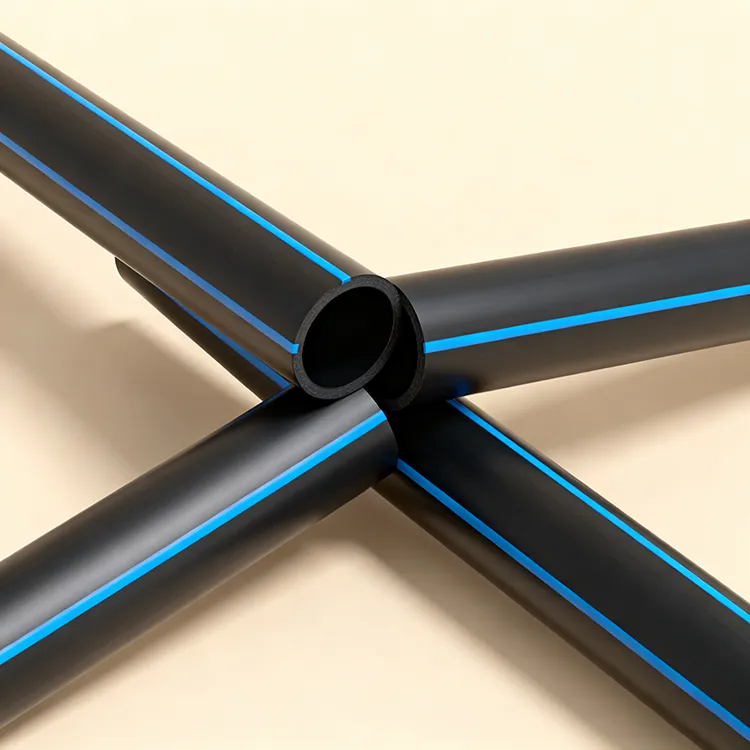
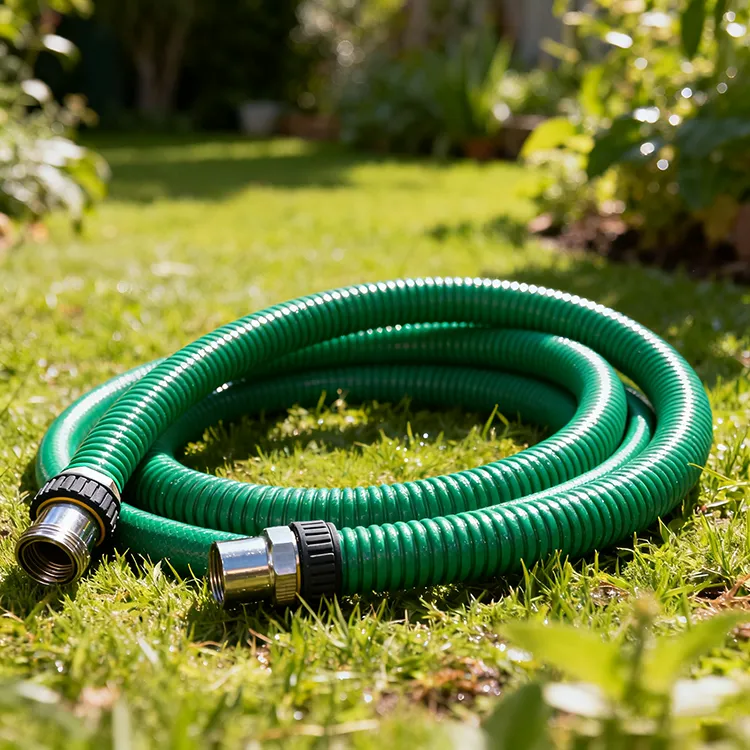

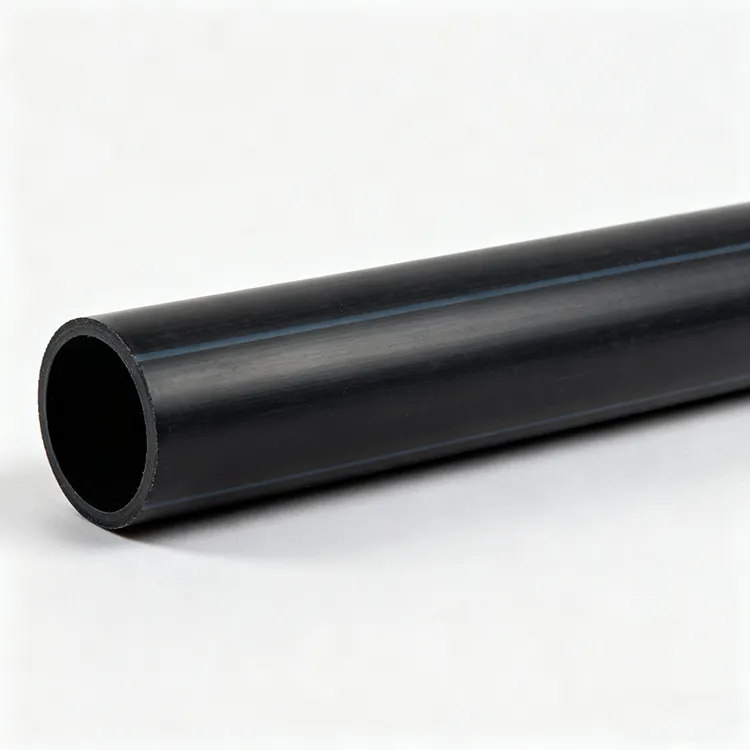
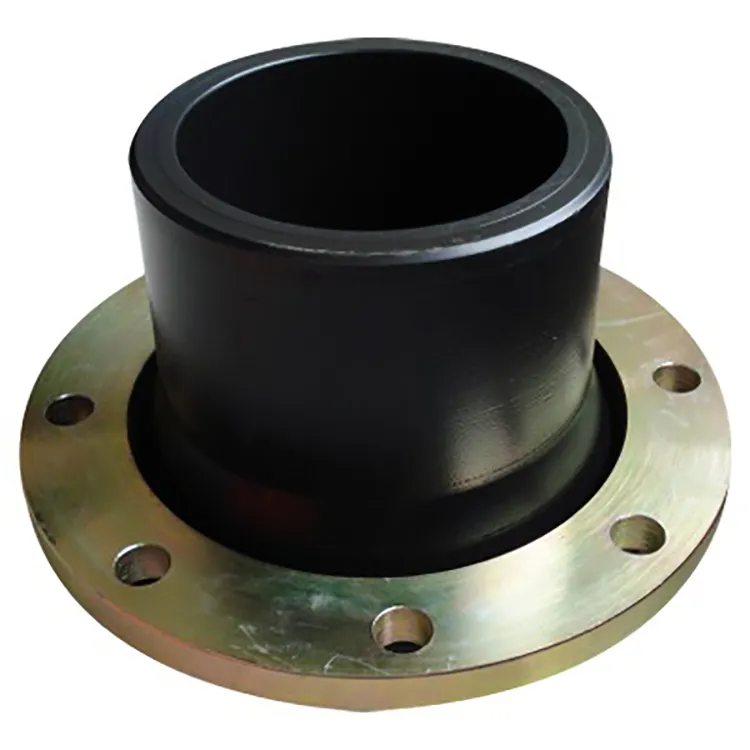


659.webp)
210.webp)
328.webp)
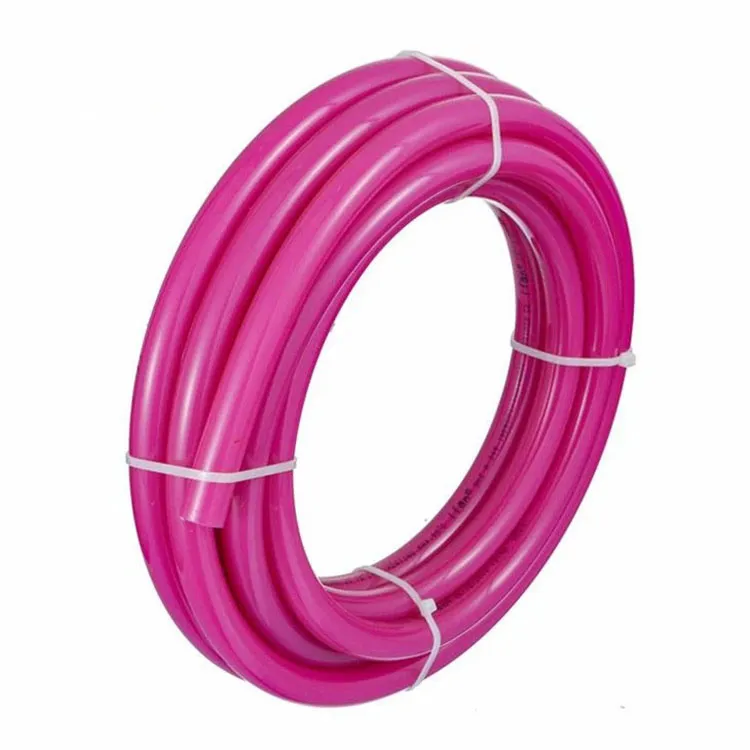
294.webp)
476.webp)


